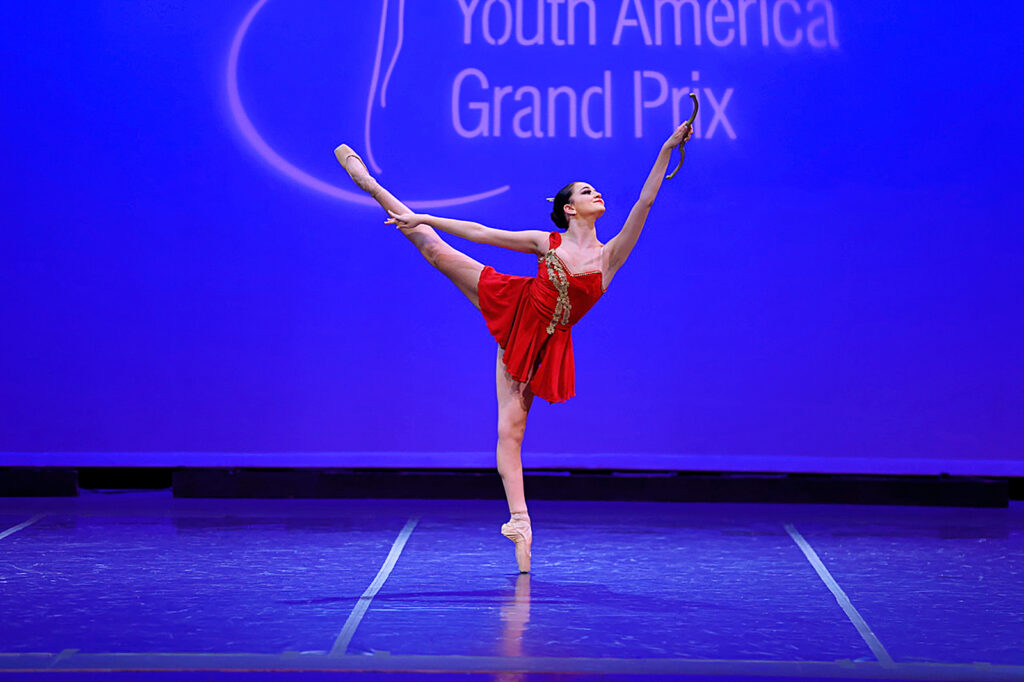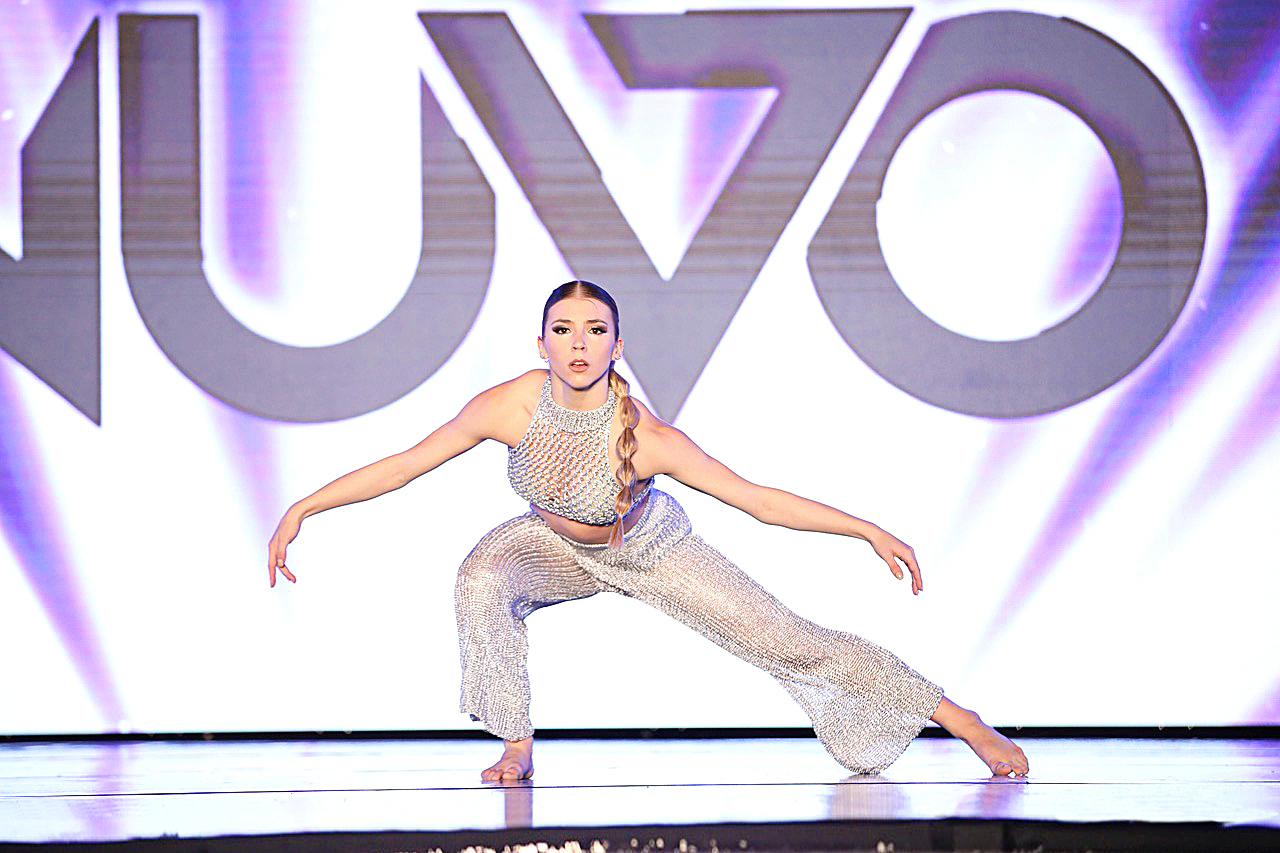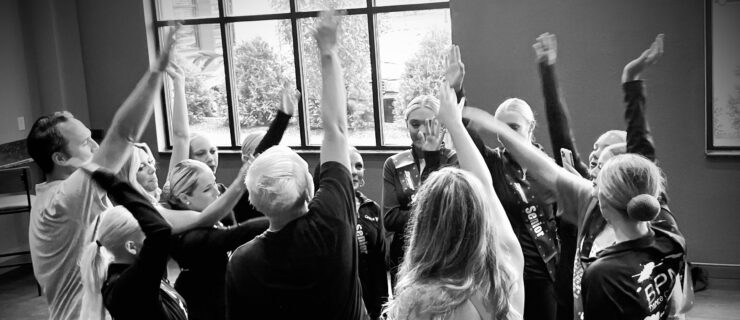What to Consider When Finding and Working With a Competition Solo Choreographer
Long before a dancer steps into the spotlight for a competition solo, the work of creating the steps that will lead to their success begins. With a strong partnership between dancer and choreographer, this process can be its own reward: Choreographing, learning and rehearsing the solo can be as valuable an exercise as the performance itself, says Barry Kerollis, artistic director at Movement Headquarters in New York City: “It really is information that will guide you forward in your career.”
Choosing a Choreographer
Finding the right dancemaker is an essential first step. Kerollis suggests younger dancers often benefit from having teachers who work with them regularly choreograph their routine, as “it gives them a chance to understand how specific steps learned in class apply to choreography,” he says. More experienced dancers might want to seek outside choreographers as a way to expand their movement style.
Flexibility is essential when looking for a choreographer. “There are a lot of reasons a dancer might not be able to have their favorite choreographer create their solo,” says Kerollis. “Who you can get depends on so many factors: location, school resources and who you can afford.” A dancer who can travel or a choreographer who is willing to work virtually can open up options, and Kerollis encourages dancers to persevere when faced with obstacles. “Be straightforward if the problem is with the price,” he says. “Ask if they can work something out—a payment plan or a scholarship opportunity.”
Loving a certain choreographer’s work doesn’t necessarily mean he or she will be the right choice when it comes to solo choreography. To help students with the decision, Christy Wolverton-Ryzman, owner of Dance Industry Performing Arts Center in Plano, Texas, has created a form for them to fill out with a choreographer wish list, as well as an explanation of what the student is looking for in a solo. “From there, we discuss options,” she says. “As dancers get older, they usually have a good idea of what movement feels and looks good on their body, so we do our best to match them with who they want, but for younger dancers, we try to put them with someone who is age-appropriate for movement but will push them to excel.”

Trust the Process
Depending on the student’s level, the creative process can be more of a collaboration or more of a learning experience. “A solo choreographer should create work based on what the dancer is capable of,” says Wolverton-Ryzman, “so there has to be some trial and error while making the work. With a seasoned dancer interested in choreography in the future, sometimes they might even work together to choreograph the piece.”
Kerollis instead emphasizes the importance of the expertise that a choreographer should bring to the creative process. “I tend to find it challenging to believe young dancers know enough about training and a professional career to make decisions about music or choreography,” he says. “When someone hires me, I do not think they are doing so just to create dance steps—it is about the full package and the educational experience—something to push them.”
Solo Success
The most effective competition solos display the individual dancer’s artistry as well as technique, skill and movement quality. “It’s imperative to create something unique to them,” says Wolverton-Ryzman. “Dancers are truly like fingerprints—each one has their own skill set, their own way of interpreting music and their own dynamics.” Kerollis emphasizes that while for ballet competitions it’s essential to show lines, extension and clean technique, a good solo contains much more. “These dancers are hoping to be scouted for potential ballet careers, and these days that means using a foundation of ballet to move in a contemporary way,” he says. “There should be a demonstration of a dancer’s well-roundedness, fluidity and an ability to have dynamic shifts in movement.” It’s also important for choreographers to keep in mind that music and movement choices should be stylistically and age appropriate. “Ten-year-old dancers should not be performing mature solos appropriate for 17-year-olds,” says Kerollis.
Because competition solos often feel like a high-stakes endeavor, it is important to remember that developing and performing a solo can be an exercise in personal growth as well as a showcase of technical expertise. In addition to focusing on the moment in the spotlight, it’s important for dancers to be learning throughout the creation and rehearsal process.




